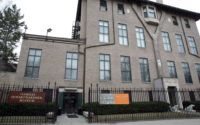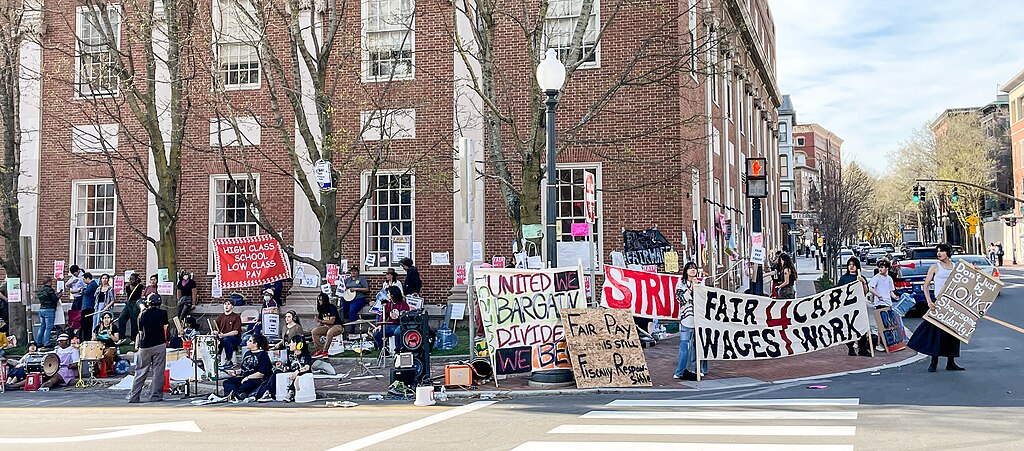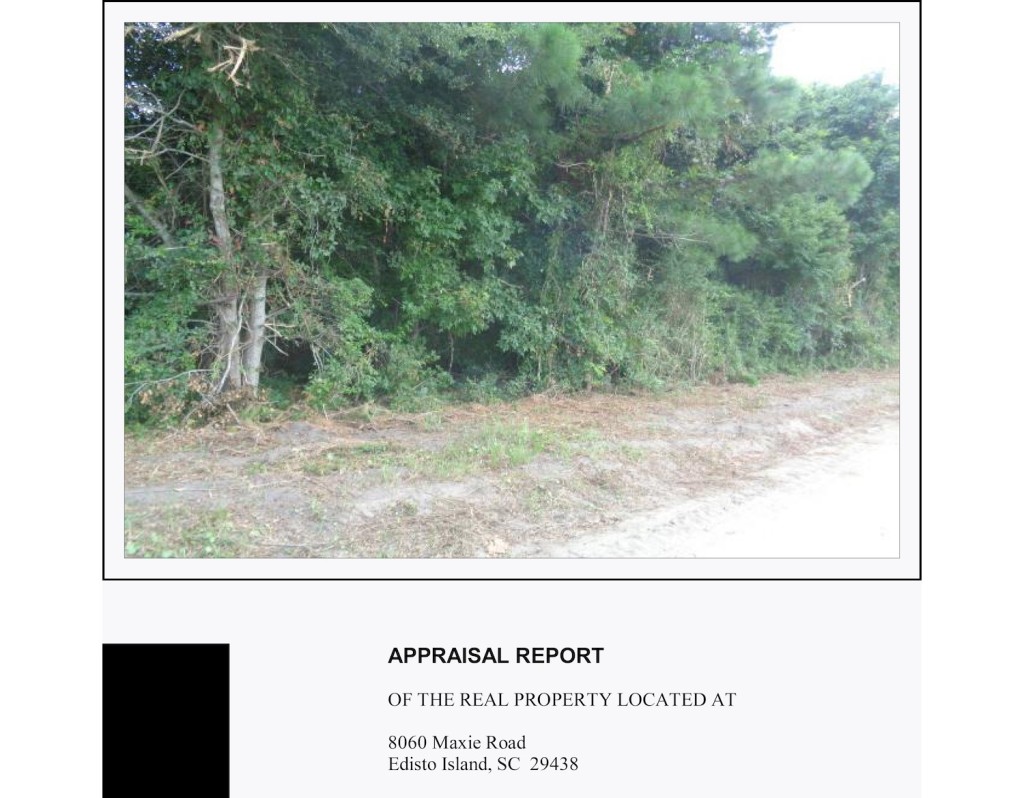At Bard, a Cutting-Edge Program Offers Students from Conflict Zones a Path to Art-Making
At the OSUN Center for Human Rights and the Arts at Bard College, an experiment has just come to an end for the Center’s inaugural class of graduate students. The program, meant to support mature activists and artists who live in ongoing crisis zones, and who have experienced persecution, war, surveillance, and poverty, has just matriculated its first graduating class in this impressive and unique program. These students now have a degree in Human Rights and the Arts.
At first glance, such a distinction might seem a little precious, like any arts degree, only more abstract. But this program is meant to push back exactly on the thinking that access to art and scholarship is only for people with excess capital lying around.
“The idea was to create a space in which both the artists and activists could be together and co-create,” said Tania El Khoury, a performance artist and the Director of the Center for Human Rights and the Arts. “It was important to create an institution that really practices its politics. How can we build a space that puts people’s well-being first? How can we be in solidarity with people from around the world and understand inequality together?”
The answer was simple: money and willpower. By teaching political theory, aesthetic theory, filmmaking, and performance, and by hosting workshops and exhibitions, any institution can do this. Some can even do it well. Making this education accessible is the hard part.
The center’s graduating class includes students who faced a variety of precarious situations: gang violence in Mexico, LGBTQ persecution in Kyrgyzstan, political oppression in Palestine. All but two members of this year’s graduating class are immigrants, and many of them arrived weeks after the beginning of the school year due to visa issues. That the students came in late was a reflection of how hard the team at the center had to work to extract students. Each student interviewed by ARTnews said that the center was exceptional in aiding students with navigating the United States’s stringent and often confusing visa process.
To be equitable in their search for students, the Center sometimes waived a requirement for a bachelor’s degree and looked at professional and artistic activity as a substitute, as some other master’s programs at Bard do. Getting these students to the United States meant not only working hard to arrange the bureaucracy of borders but ensuring students tuition, a living stipend, and housing based on need, barriers to entry that El Khoury once hurdled as an immigrant from Lebanon. Support for this program came from the Open Society University Network (OSUN), an organization founded by the Central European University and Bard College in 2020 that supports research, fellowships, and the creation of ambitious new programs at Bard and beyond.
“I was applying to programs in Europe because I knew I couldn’t afford an expensive program [in the States],” said Carol Montealgre, who just graduated from the program. “I had a friend who recommended the Center but I wasn’t applying because of the money, but he told me, ‘They got funding from OSUN, they have scholarships, stipends.’ Those were the magic words.”
At the time she had applied, she was residing in Colombia after being deported from the United States and separated from her partner. Montealgre hadn’t spent much time in her native country. She mostly lived abroad, away from the violence that had haunted her family of activists, including her grandmother, who had been a political prisoner. However, once she got in the program at Bard and had her family reunification visa granted (she and her partner had a child while she waited to return to the States), she went back to Colombia to make her thesis project, which combined her activist ethic and artistic filmmaking practice.
Using grant money she had won, she reconnected with a union of mostly Indigenous women who had fought in the civil war in Colombia and survived it. “I asked them what they needed, and they said they needed healing,” she recounted.
Montealgre set up a wellness retreat for the women that focused on Indigenous healing practices that the women were pushing for. But to ensure that the ten women she was working with could actually attend, Montealgre had to find support for the many people those women took care of, from their small children to their elders. “We started out bringing ten women to the retreat and ended up taking care of 42 people.”
This meant hustling to find funding, sorting out complicated logistics, and dealing with a murder attempt on one of the women she was working with. In the end, she not only accomplished her activist work—she also made a film about the process. The film, Howls in the Mountains, was on view at Bard during the center’s thesis exhibition.
“I ran the extra mile, and it had a personal cost, but it was absolutely worth it,” said Montealgre. “I told [the center’s leadership] if it wasn’t because of you, your network and your support, I wouldn’t been able to achieve this project.”
For recently graduated Adam HajYahia, the program was a rare opportunity to receive higher education.
“I grew up and lived in Palestine before coming to this program. I didn’t have an undergraduate education because I didn’t want to study in Israeli universities and didn’t quite have the funds to leave,” said HajYahia. His family members have long been both activists and practitioners of the arts, and so HajYahia participated in these activities from a young age, curating exhibitions as well as music and film festivals alongside his political work.
“I found ways to engage with the arts and cultural movements around Jerusalem, Jaffa, and most importantly, Haifa. I read independently, went to conferences, and applied for funding, but it wasn’t until I came to this program that I was able to engage with these ideas in a more structured, focused way,” said HajYahia.
HajYahia ended up developing a visual thesis based on the archival work he had done investigating gender and sexuality in Palestine prior to the 1916 Sykes-Picot agreement. In legal records, he found documentation of individuals who lived beyond the traditional boundaries of the gender binary and the patriarchy, focusing on sex workers, same sex relationships, and other activities and behavior that were found to be deviant by English colonizers.
For his thesis exhibition, he recorded narratives that he had unearthed in the archive. He also included stories of his own telling, each associated with visual documentation of both these real and imagined characters. Doing so allowed him to push back on the assumption that just because something didn’t occur in the colonial archive, it didn’t happen at all.
El Khoury is proud of her students and the program and excited to see what they all do next.
“I think so far, we’re managing to practice what we preach,” said El Khoury. “Sometimes I feel like this is too good to be true, like someone is going to find out and stop it. But so far, it’s happening.”



